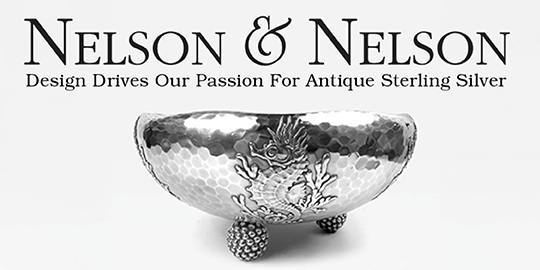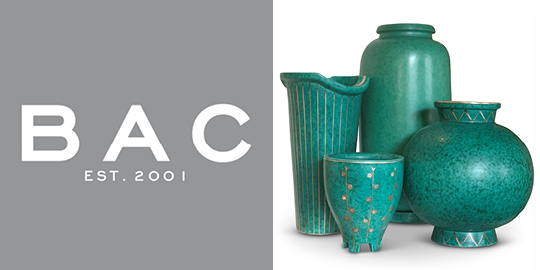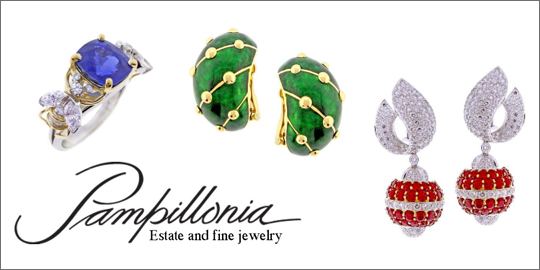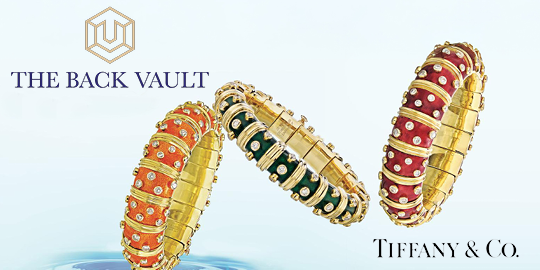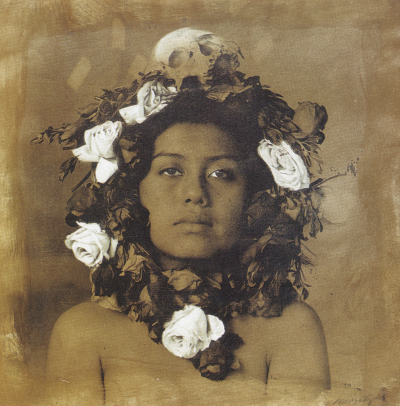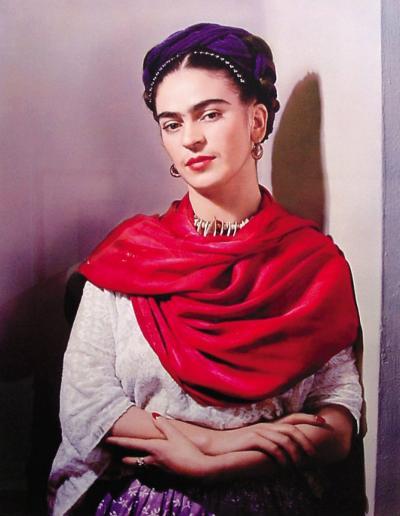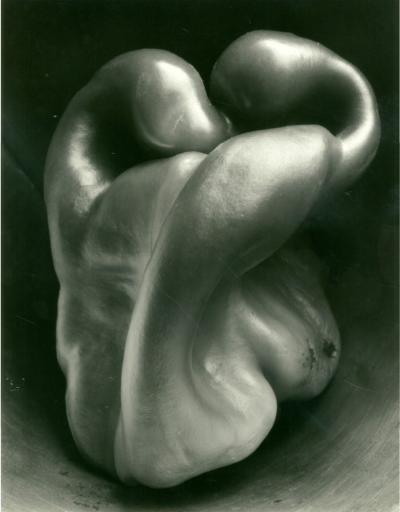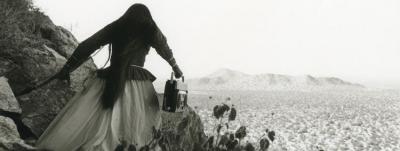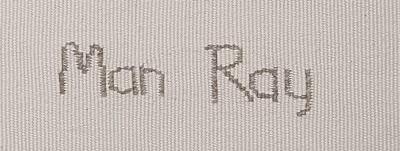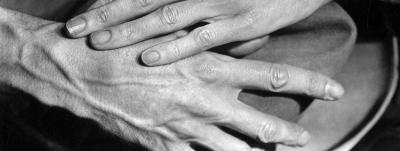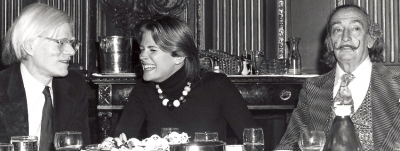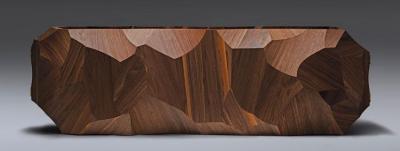Points of Convergence: Tina Modotti & Edward Weston in Mexico, 1923–1926, at Throckmorton Fine Art
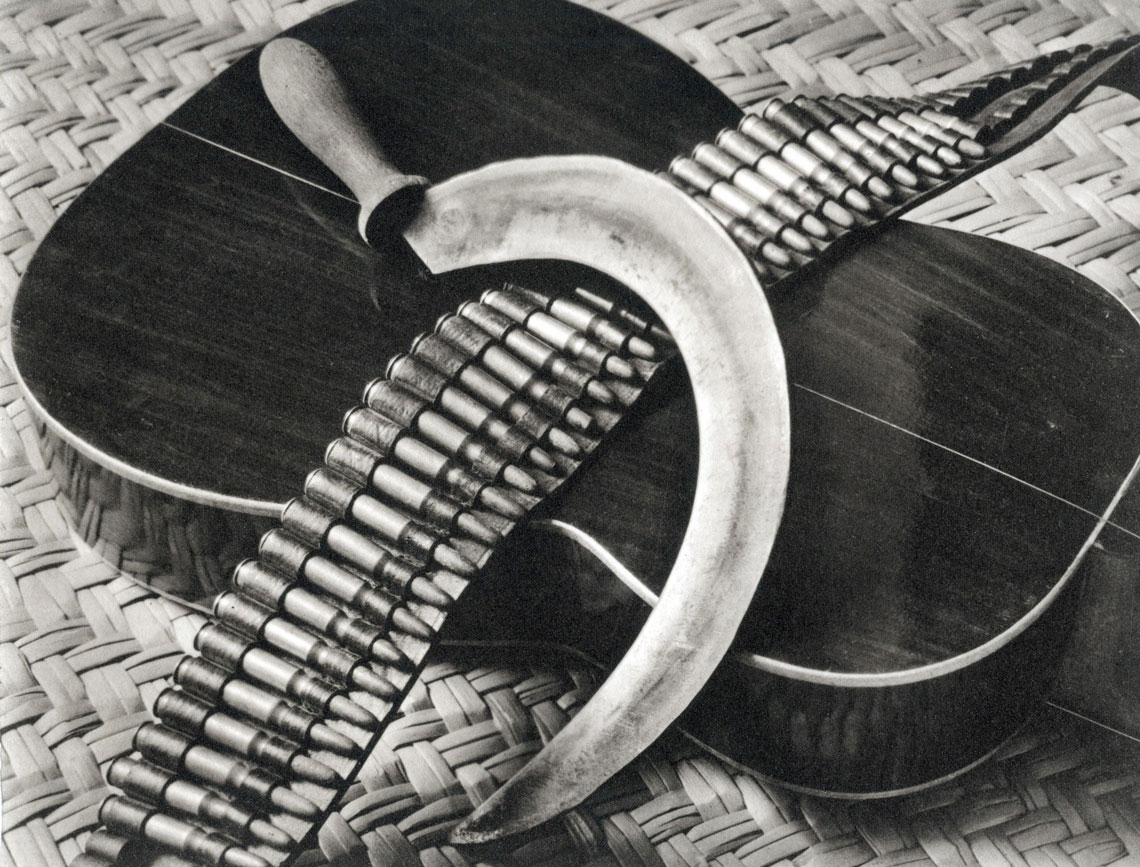 |
Sickle, Bandolier & Guitar, ca. 1927, Tina Modotti. Platinum print, 6.87 x 8.75 in |
Points of
Convergence
Tina Modotti & Edward Weston
in Mexico, 1923–1926,
at Throckmorton Fine Art
Mexico in the 1920s was a society in transition, bridging tradition and change, heritage and bohemian originality. It was an exciting time, attracting artists, writers, filmmakers, and political activists, including roving photographers Tina Modotti and Edward Weston, two of the most influential photographers of the 20th century.
 | |
Tina Modotti and Edward Weston, 1923, Carlos Orozco Romero. Gelatin silver print, 2.37 x 1.5 in |
Modotti and Weston were, for a time, a romantic couple and worked together in Mexico from 1923 to 1926. The delightful new exhibition Points of Convergence: Tina Modotti & Edward Weston in Mexico, 1923–1926, at Throckmorton Fine Art, offers more than 30 photographs by Modotti and nearly 30 by Weston from a collection built over 35 years by gallery owner and collector Spencer Throckmorton.
I’ve been reviewing exhibitions at Throckmorton’s gallery for three decades, and I am confident that this is one of the best shows he has staged. The story of Weston and Modotti in Mexico is legendary in art history, and the images they produced together in Mexico are evocative of a society in transition. This is a fascinating show.
Weston was a master of composition, and his photographs are as much studies in abstract forms as they are sympathetic evocations of the post-revolutionary cultural renaissance in Mexico. They are a celebration of the nation’s people, landscapes, and architecture, along with images of the pair's circle of avant-garde friends, including artists Diego Rivera and Frida Kahlo.
Modotti started initially as Weston’s assistant but evolved into a talented photographer in her own right. She blended modernist photographic techniques with a sensitive eye for human labor and social struggle. She was especially drawn to women and children in Mexico, and many images depict women working or engaged in domestic labor, including child rearing.
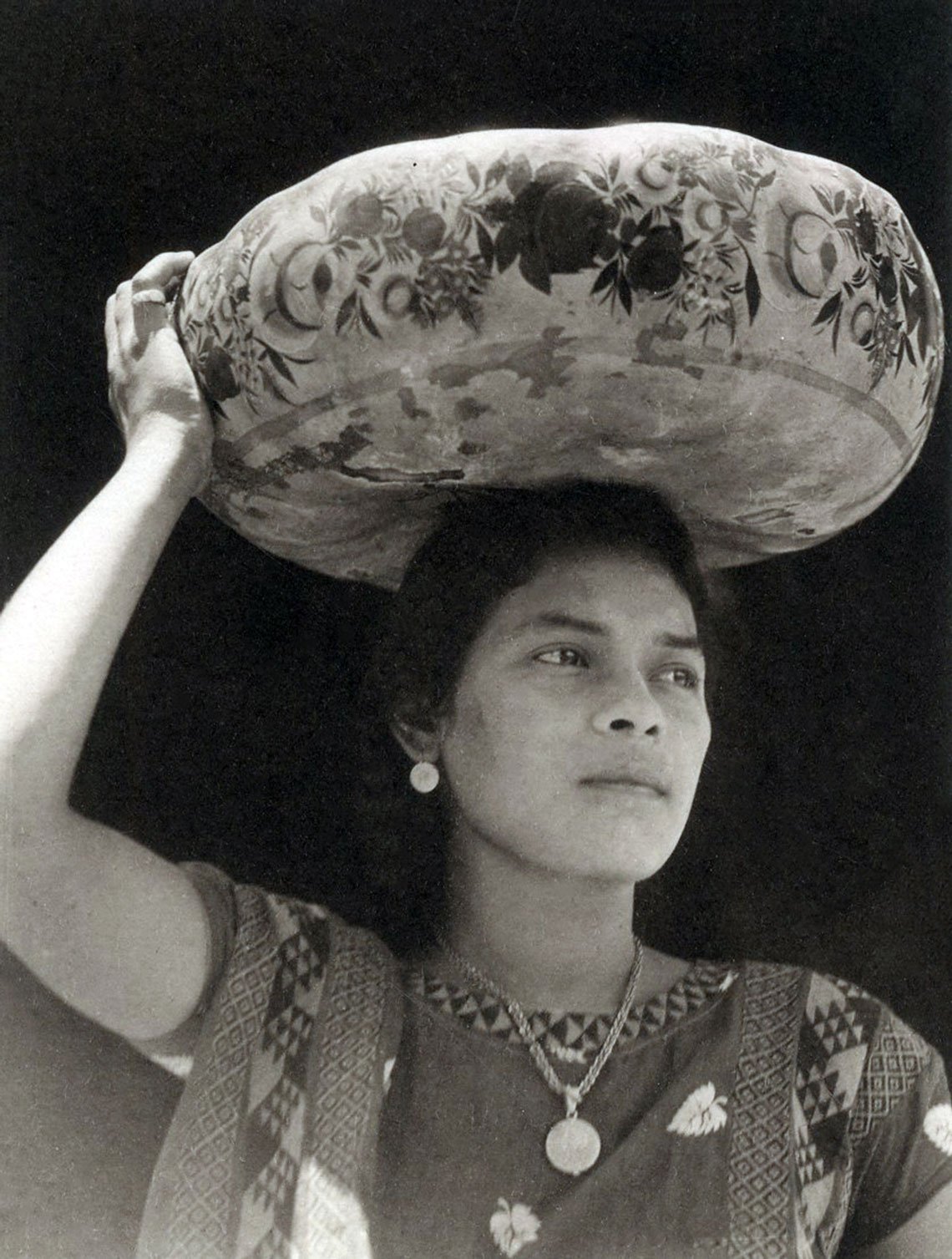 | 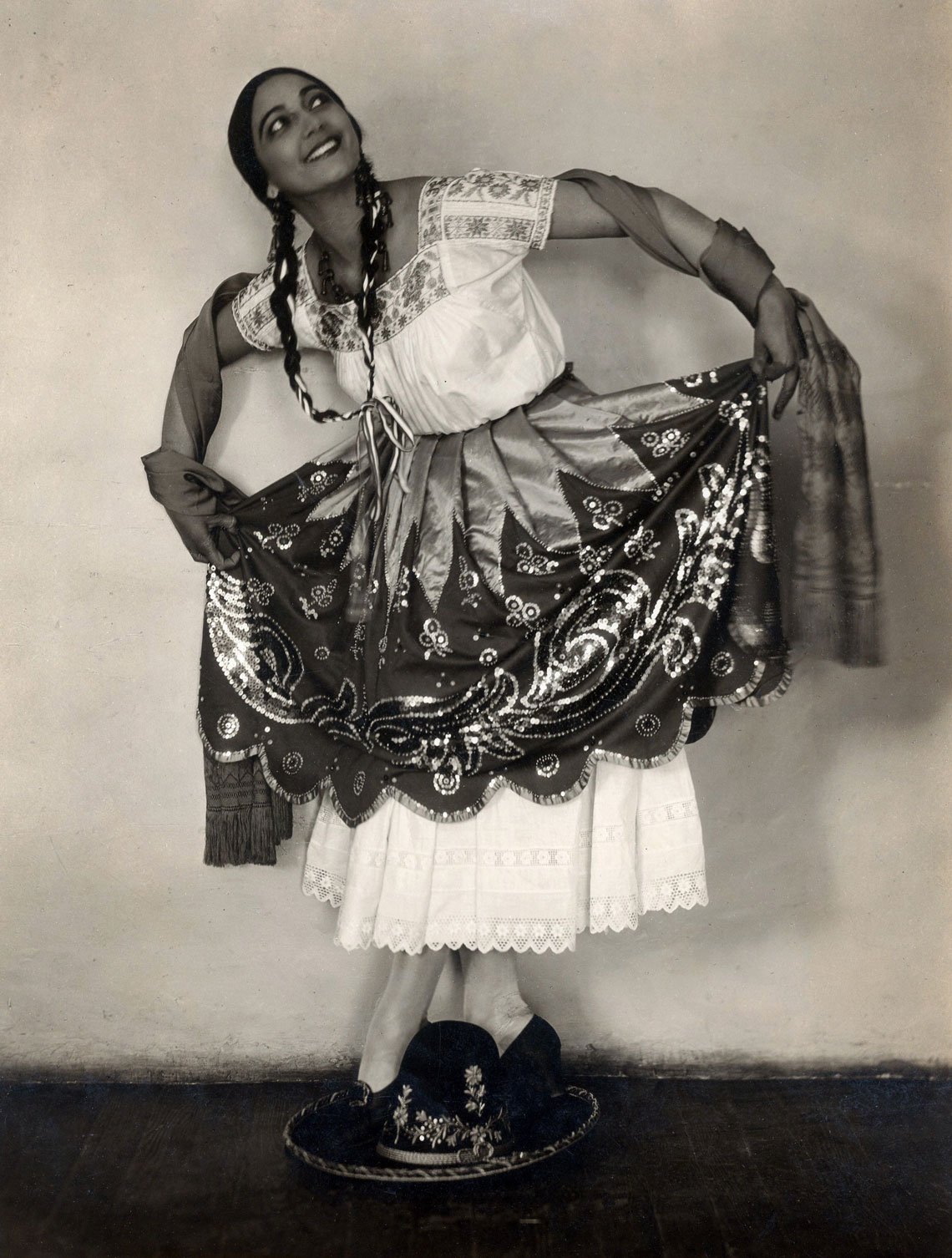 | |
Left: Woman of Tehuantepec Carrying Jicapexle, 1929, Tina Modotti. Platinum print, 4 x 3 in. Right: Tehuana Costume Worn by Rosa Roland Covarrubias, 1926, Edward Weston. Vintage gelatin silver print, 9 x 6 in. | ||
Modotti’s images of Mexican women exude admiration, respect, and even love. Woman of Tehuantepec Carrying Jicapexle, 1929, and Tehuantepec Woman Mexico, 1929, are among several images of women in which the photographer plays with camera angles and poses to heroize her otherwise prosaic, anonymous subjects.
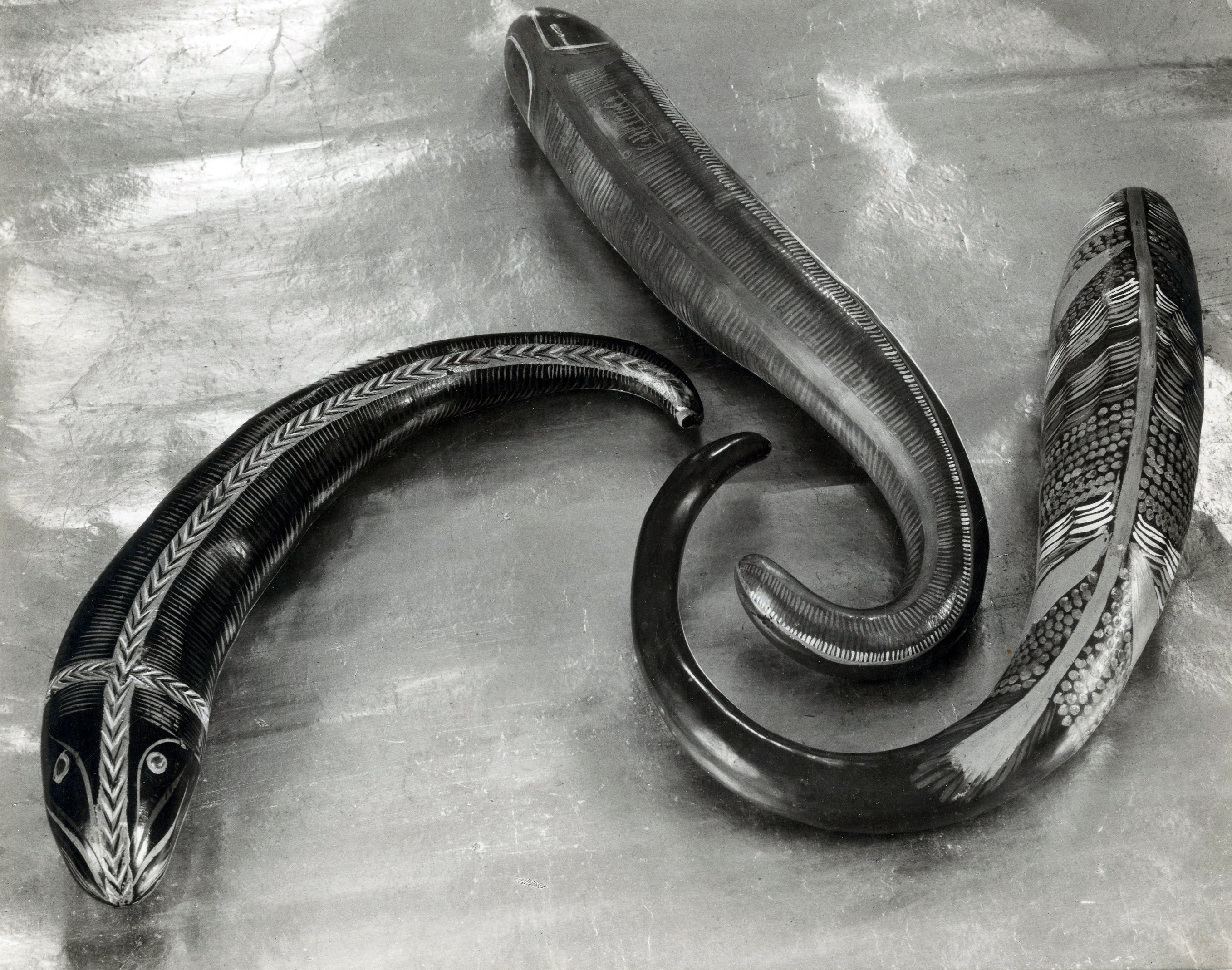 |
Three Painted Fish-Gourds, Mexico, 1926, Edward Weston. Vintage gelatin silver print, 7.5 x 9.5 in |
Stairs, 1924, Sugar Cane, 1929, and Tank No.1, 1927, by Modotti, are more obviously in the vein of her mentor/partner Weston’s formalist, abstracted imagery. At the same time, identifiably different — Weston’s subject matter often transcends realistic depiction, becoming purely abstract form. One striking example is his Three Painted Fish-Gourds, 1926, in which vegetables become the subject of free-form abstract expression. Modotti, on the other hand, rarely ventured into the purely abstract and preferred to play with light and shadow.
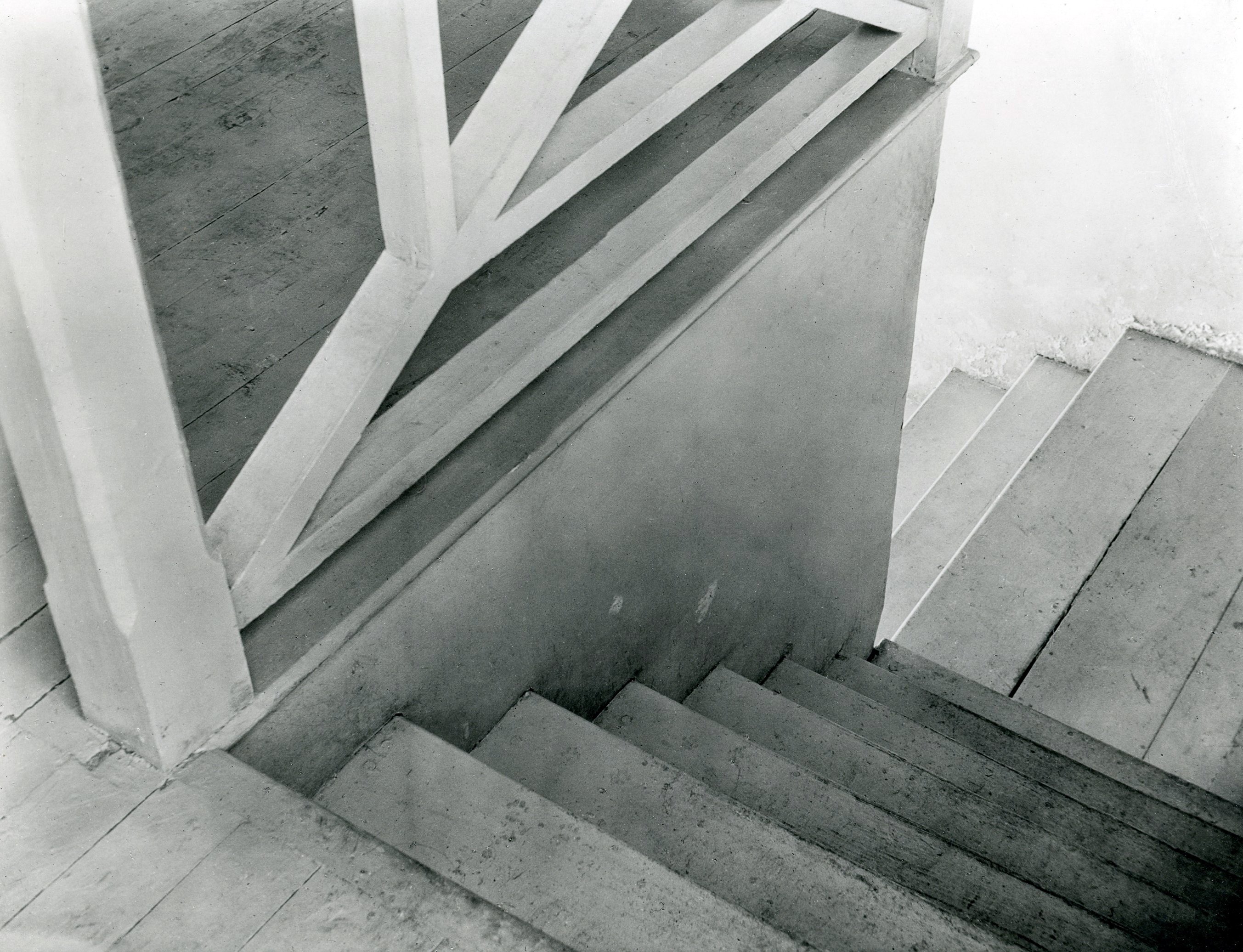 |
Stairs, 1924, Tina Modotti. Gelatin silver print, 8 x 10 in |
There are many intimate portraits here of friends and colleagues in the Mexican creative community, including Jean Charlot, Ella Wolfe, Carlos Mérida, and Carlos Orozco Romero. Romero was himself a photographer, and the show includes some of his intimate images of Weston and Modotti traveling in Mexico in the 1920s.
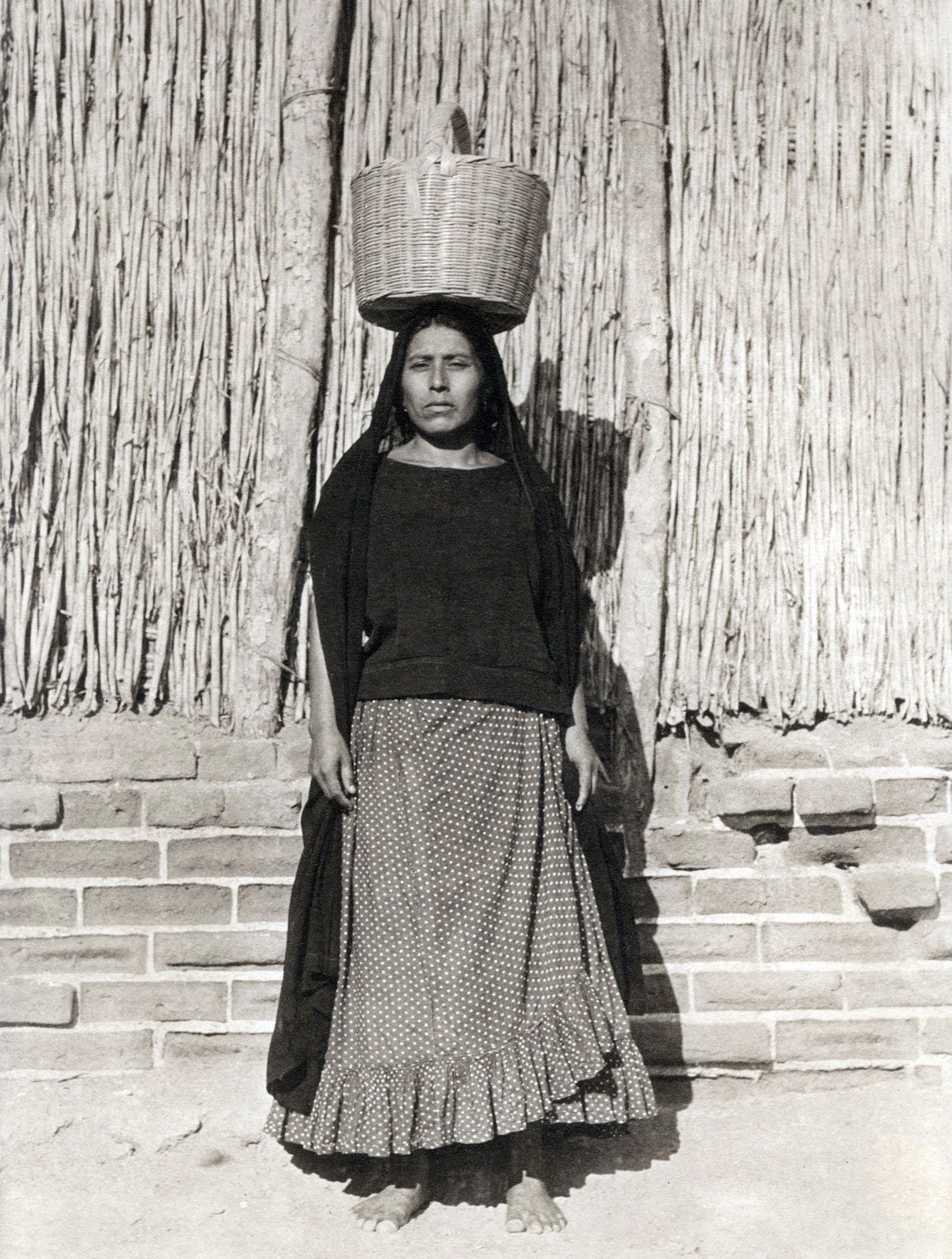 | 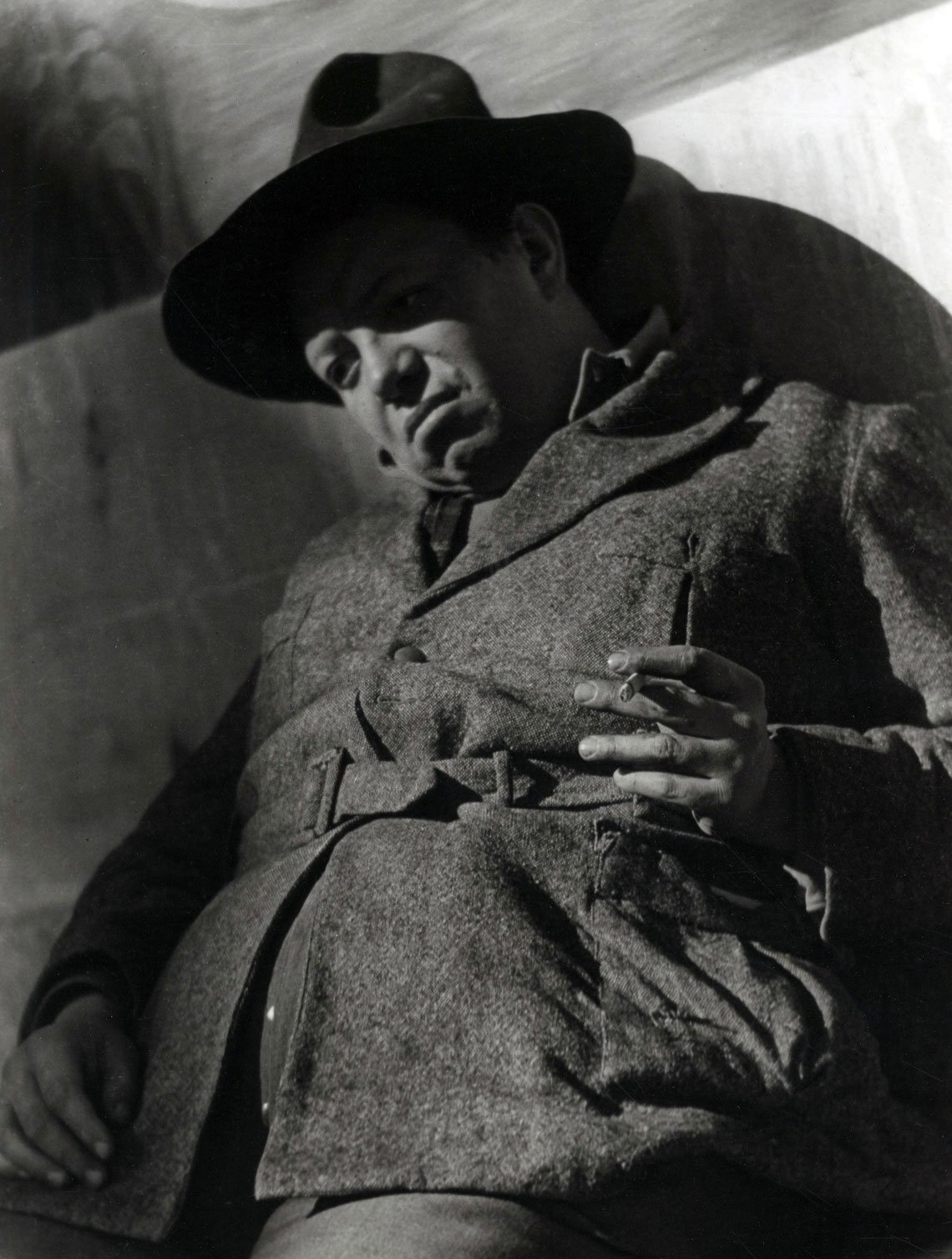 | |
Left: Tehuantepec Woman Mexico, 1929, Tina Modotti. Platinum print, 11 x 8 in. Right: Portrait of Diego Rivera, 1923, Edward Weston. Gelatin silver print, 7.25 x 9.50 in | ||
Weston was interested in pure form but also in precision, and his imagery often has a conciseness of subject matter that is utterly compelling. He knew how to crop in such a way that his images did not look or feel tight, and at the same time retained some context along with social and cultural texture. He was a master of making photographs that communicated on many different levels.
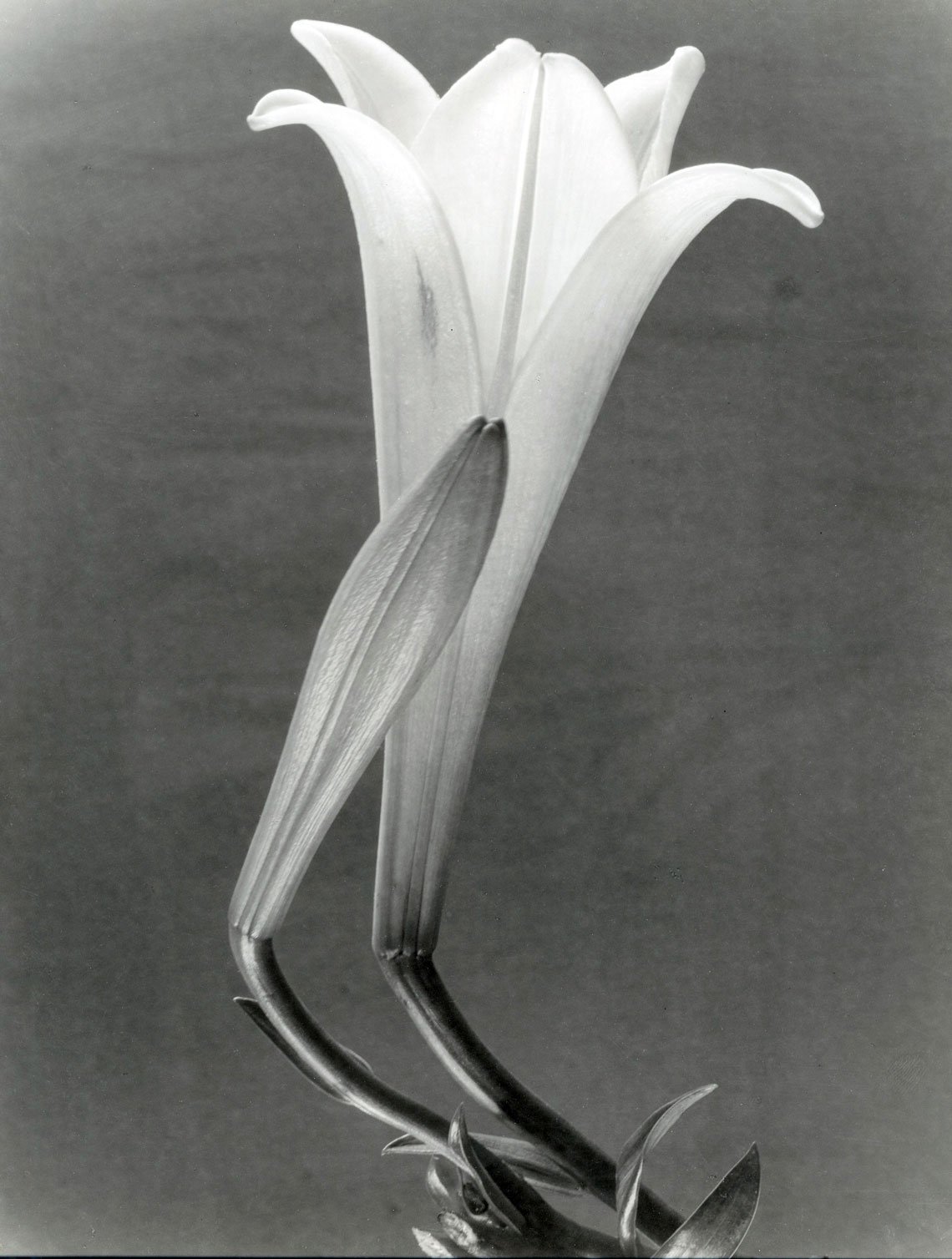 | 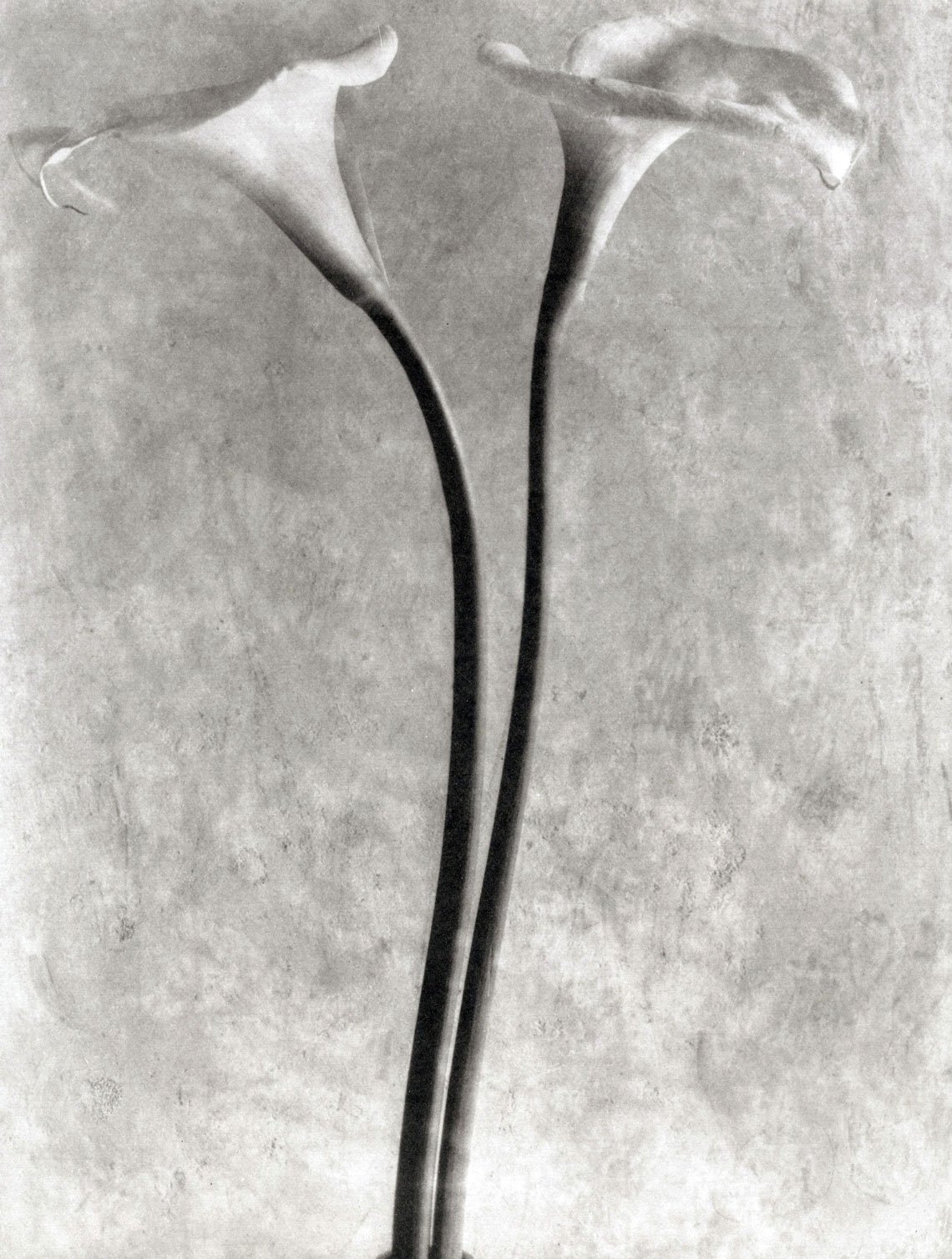 | |
Left: Lily and Bud, 1925, Tina Modotti. Gelatin silver print, 10 x 8 in Right: Calla Lillies, 1925–27, Tina Modotti. Platinum print, 12.5 x 10.25 in | ||
Calla lilies have fascinated artists and photographers for centuries in Mexico and elsewhere, and Modotti and Weston were not immune to the flower’s charms — both made numerous studies of the flower as still lifes. Modotti’s studio image Calla Lillies, from 1925–27, is one of the most beautiful images in the show — so powerfully simple is the composition that it immediately arrests your gaze. This print was produced in 1992 using a complicated and expensive platinum printing process that produces a richer and broader tonal range than silver gelatin prints.
The show combines photographs that were printed by the artists or at their request, as well as other, mostly silver gelatin prints printed later from the original negatives by photographer Manuel Alvarez Bravo, among others. Photography scholars tend to prize original prints, but for the collector, it’s a matter of aesthetic preference and budget. Either way, this show is full of masterpieces.
 |
Hands resting on a shovel, 1926, Tina Modotti. Platinum print, 8.50 x 10.75 in. |
Points of Convergence:
Tina Modotti & Edward Weston in Mexico, 1923–1926
Through September 13, 2025
Shop Throckmorton Fine Art on Incollect.com
 |
Throckmorton Fine Art, 145 East 57th Street | 3rd Floor | New York, NY 10022 | 212 223.1059 | throckmorton-nyc.com







